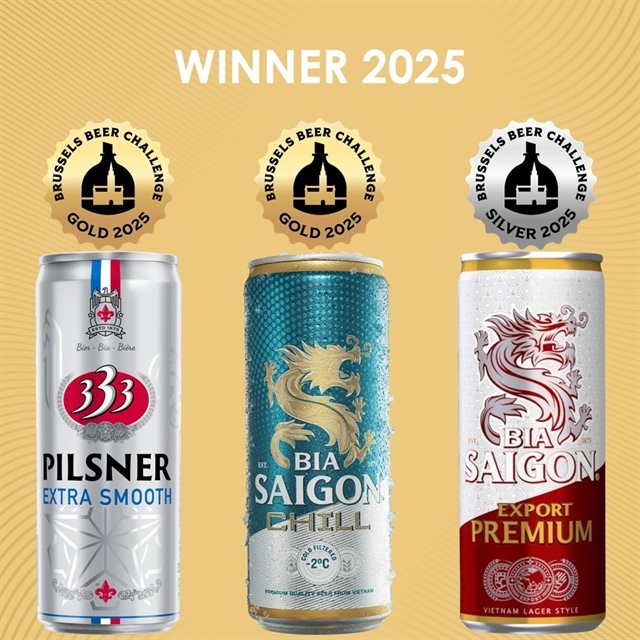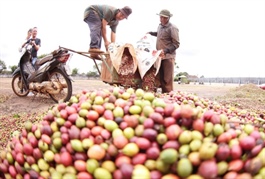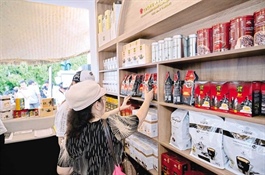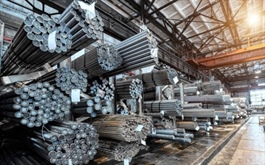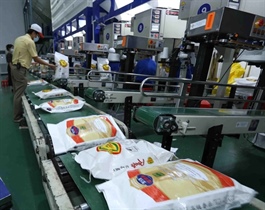Shrimp industry's 'green revolution' positions Australia as strategic market
Shrimp industry's 'green revolution' positions Australia as strategic market
While the US market has become more difficult to access due to new tax policies, Australia could play the role of a trade cushion, helping to reduce shocks and maintain export momentum for Việt Nam's shrimp industry.

Shrimp are processed for export. —VNA/VNS Photo |
The shrimp industry is undergoing a 'green revolution', with a significant shift from traditional methods to technology-based production and digital transformation.
This ensures the production of high-quality shrimp that meet the green product demands of even the most exacting markets.
While the US market has become more difficult to access due to new tax policies, Australia could play the role of a trade cushion, helping to reduce shocks and maintain export momentum for Việt Nam's shrimp industry.
The Australian market is considered more stable, with less political volatility and a transparent legal system, reducing long-term risks for Vietnamese businesses, reported the One World e-magazine.
Although Australia's population is around 25.7 million, it remains a potential consumer market because Australians are willing to pay a premium for high-quality, convenient foods with clear traceability.
Australians —especially the younger generation and high-income consumers in large cities like Sydney and Melbourne — prefer convenient, easy-to-prepare foods that are rich in nutrients.
This was a major advantage for ready-to-cook and ready-to-eat shrimp products, a segment where Việt Nam held strength, reported the magazine.
Another advantage is the large Vietnamese community in Australia, which numbers around 300,000 people and has a certain influence on local consumer behaviour, acting as a natural promoter for Vietnamese processed shrimp products.
Moreover, the consumption of processed seafood is growing at an average rate of 6-8 per cent per year, despite a stable population size.
This presents an opportunity for Vietnamese shrimp to deeply tap into the ready-to-eat, convenient and premium processed shrimp market, especially as the technological capabilities of Vietnamese enterprises continue to improve.
Despite these advantages, Vietnamese businesses still face challenges.
Australia's stringent quarantine regulations require that imported shrimp meet not only antibiotic and microbiological standards but also be virus-free.
High logistics costs and a shipping duration of 14-18 days are also obstacles. Some businesses have proactively coordinated cold chain logistics through intermediaries in Singapore or Australia's Darwin, to shorten delivery time and optimise costs.
The Vietnam Association of Seafood Exporters and Producers (VASEP) said it believes that green growth in the shrimp industry is an inevitable trend to maintain its position in the global market.
This requires the industry to transition to more sustainable shrimp farming practices, diversify products and adopt sustainable technologies, the group said.
Additionally, reducing carbon emissions and improving traceability are key trends in the shrimp industry, according to VASEP.
Blockchain technology and product tracking can also help improve transparency and traceability.
To implement green development policies, many advanced technologies and farming systems have been deployed in Việt Nam's shrimp industry.
The use of biological products to treat water environments, enhance shrimp immunity and suppress disease-causing bacteria is becoming a key trend in sustainable shrimp farming.
- 07:00 17/06/2025



